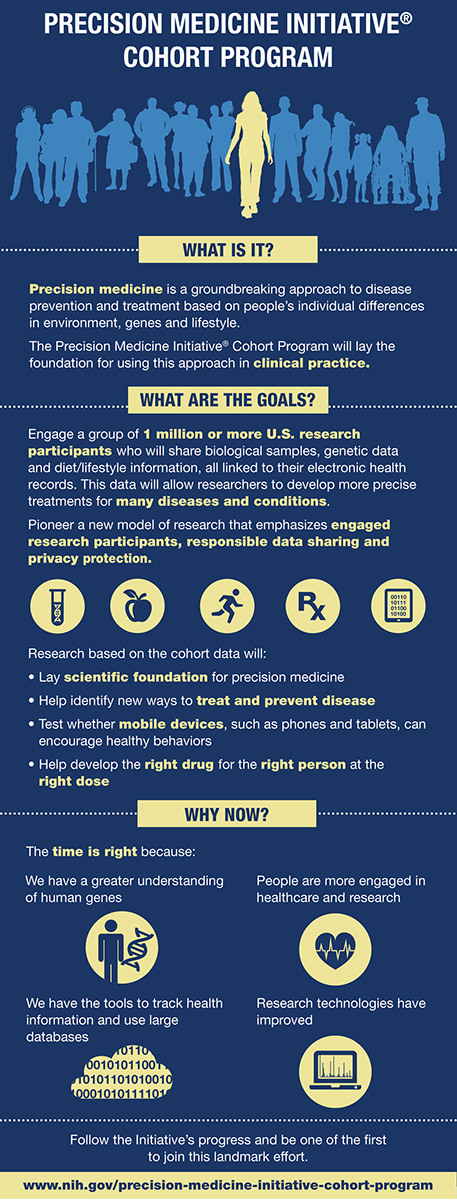Blog Articles
Wednesday, June 22nd, 2016
The health IT field, and world in general, is full of hot trends and buzzwords. One important and popular trend that is continuously gaining more traction is the practice of "precision medicine." The National Institutes of Health (NIH) defines precision medicine as "an emerging approach for disease treatment and prevention that takes into account individual variability in genes, environment, and lifestyle for each person." President Barack Obama announced the launch of the Precision Medicine Initiative (PMI) in early 2015 and that was the start of the precision medicine movement.
Currently, precision medicine is both visible and ubiquitous as President Obama called for $215 million in fiscal year 2016 to be allocated for the support of the PMI. Advances in health care research and the industry as a whole have led to more providers and hospitals utilizing precision medicine treatments. SBMI launched the Center for Precision Medicine this year, which is a joint venture between SBMI and the UTHealth School of Public Health. AMIA recently held a call for papers for a special issue of the Journal of the American Medical Informatics Association (JAMIA) that will highlight how informatics plays a role in the advancement of precision medicine. But beyond the popularity of the practice, there is science to support how successful precision medicine can be.
Health informaticists are always in pursuit of valuable and rich data that can help researchers and clinicians find ways to provide better health care. In order for the precision medicine movement to progress forward, there has to be a wealth of data on hand. This week's infographic blog post focuses on the PMI's Cohort Program, which aims to provide researchers with the data needed for innovating and revolutionizing the field of precision medicine.
